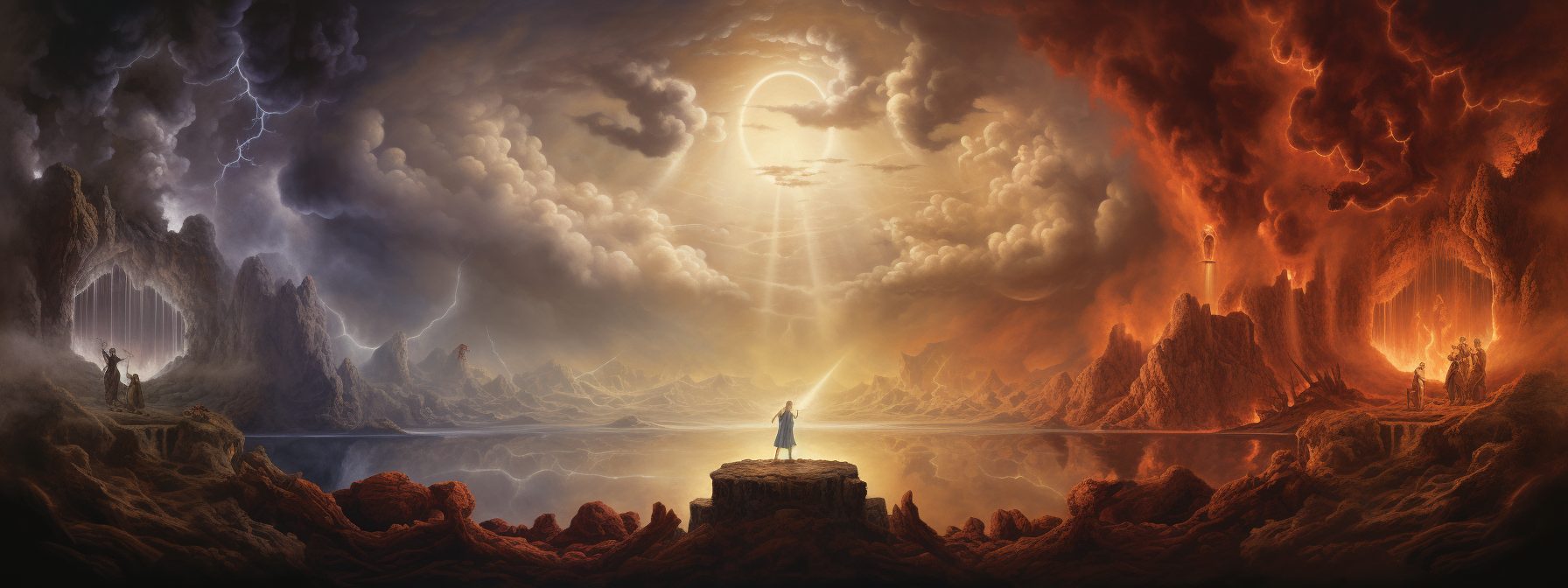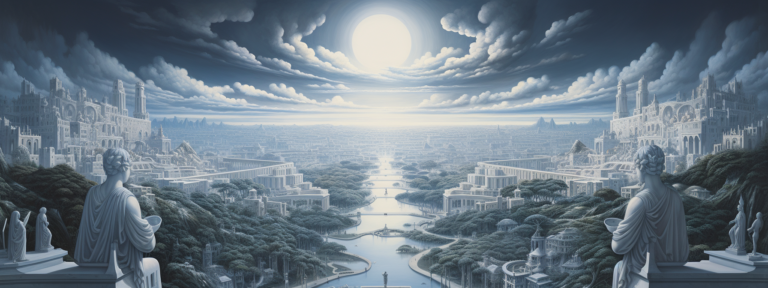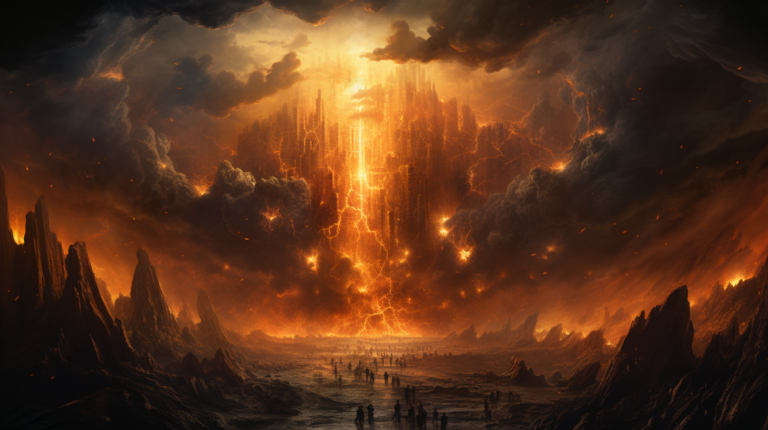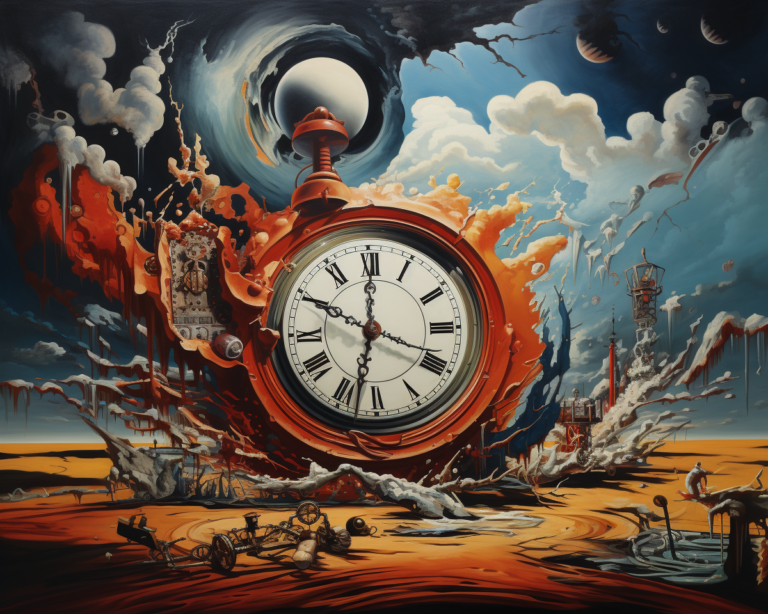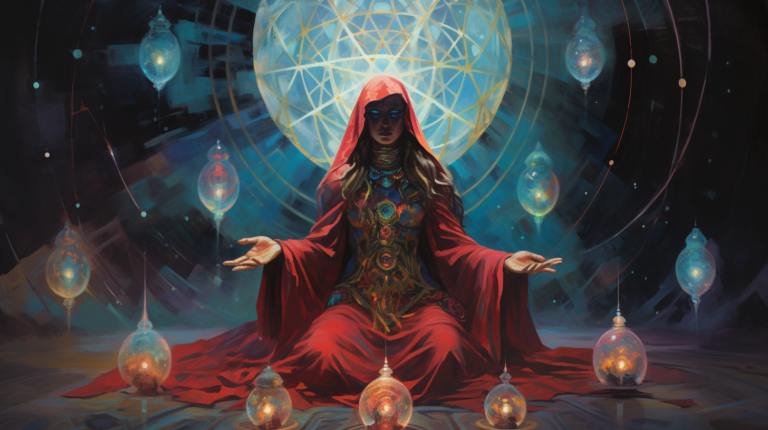Journey to the Afterlife: Exploring Heaven and Hell Across World Cultures
Abstract:
The concept of an afterlife, featuring realms of both reward and punishment, has been a recurring theme in diverse cultures throughout history. This article embarks on a captivating exploration of the beliefs surrounding heaven and hell in various world cultures. By delving into religious, mythological, and spiritual traditions, we aim to shed light on the fascinating diversity of human perceptions about the realms that await us beyond this mortal existence.
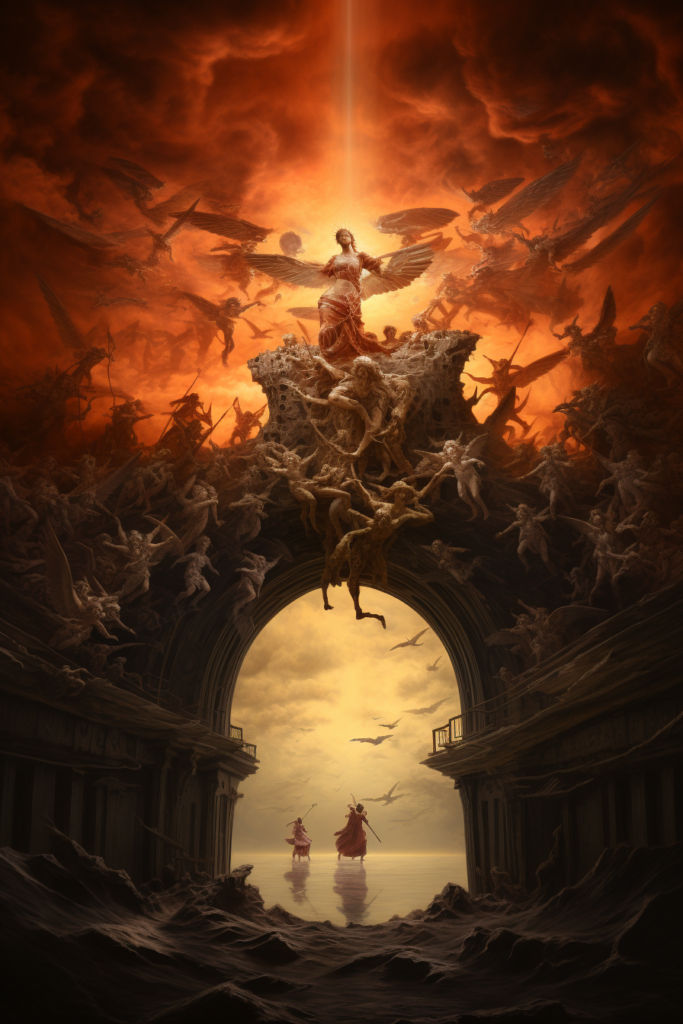
Introduction:
The human fascination with the afterlife and the existence of heavenly and hellish realms has permeated cultures across the globe. These realms, often considered the final destinations for the souls of the deceased, have been conceptualized in a multitude of ways throughout history. Exploring the diverse interpretations of heaven and hell in different world cultures allows us to gain insights into humanity’s quest for understanding the nature of existence beyond life’s earthly boundaries.
Heaven:
The Celestial Abode of Bliss Heaven, often associated with divine or paradisiacal realms, represents a place of ultimate bliss and reward in many cultural beliefs. From the Elysian Fields of ancient Greek mythology to the Christian concept of the Kingdom of Heaven, diverse cultures envision this realm as a sanctuary of eternal happiness, where the virtuous and righteous find solace. The descriptions of heaven frequently feature abundant beauty, harmony, and the presence of benevolent deities or enlightened beings.
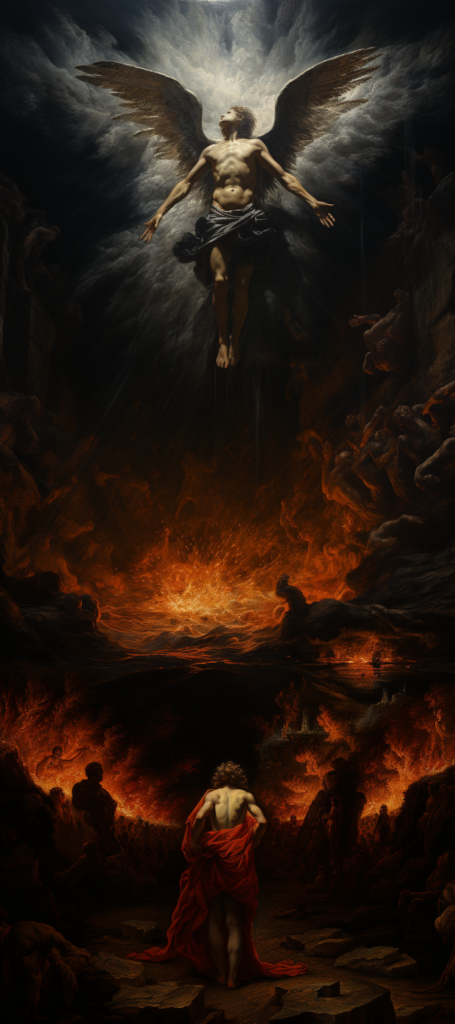
Hell:
The Infernal Realm of Punishment Hell, in contrast to heaven, embodies a realm of torment, punishment, and suffering. Representations of hell span a broad spectrum, ranging from fiery and tormenting underworlds to desolate and icy wastelands. Across cultures, the wicked, sinful, or morally depraved are often said to face retribution in these realms. Concepts such as Naraka in Hinduism, Diyu in Chinese mythology, and the Judeo-Christian depiction of Gehenna exemplify the diverse interpretations of hellish realms and the consequences that await the unrighteous.
Cultural Perspectives on Afterlife Ancient Egyptian Beliefs:
In Egyptian mythology, the afterlife was a crucial part of their religious beliefs. The concept of heaven was embodied by the Field of Reeds, a fertile land where the righteous would continue their existence, while hellish realms like the devouring Ammit and the fiery pits of Aaru awaited those who failed judgment.
Norse Mythology:
The Norse tradition presented Valhalla as the glorious hall in the heavenly realm of Asgard, reserved for fallen warriors. However, Hel, a realm presided over by the goddess of the same name, depicted a cold and dismal underworld for those who died of natural causes or illness.
Buddhist Cosmology:
Buddhist teachings encompass a complex cosmology of multiple realms, including heavenly abodes (Deva realms) and various hellish realms (Narakas). These realms are transient and subject to the law of karma, where beings are born according to their actions and thoughts.
Islamic Beliefs:
In Islam, heaven is described as Jannah, an idyllic paradise of unimaginable beauty and bliss, while hell, known as Jahannam, is portrayed as a place of intense torment and punishment for those who reject faith and commit grave sins.
Native American Spirituality:
Native American cultures often hold beliefs in an afterlife that varies across tribes. Some tribes envision a serene hunting ground or a peaceful land of ancestors, while others describe underworlds inhabited by malevolent spirits or agonizing realms of suffering.
:
| Culture/Religion | Heaven | Hell |
|---|---|---|
| Ancient Egypt | A place of eternal happiness, where the dead can enjoy food, drink, and music. | A place of punishment for the wicked, where they are tortured and tormented. |
| Ancient Greece | The Elysian Fields, a paradise for heroes and the virtuous. | Tartarus, a dark and gloomy underworld where the wicked are punished. |
| Ancient Rome | The Elysian Fields, a place of peace and beauty. | Tartarus, a place of fire and darkness where the wicked are punished. |
| Buddhism | Nirvana, a state of perfect peace and enlightenment. | Hell, a place of suffering for those who have accumulated negative karma. |
| Hinduism | Moksha, a state of liberation from the cycle of reincarnation. | Naraka, a place of suffering for those who have committed evil deeds. |
| Judaism | The Garden of Eden, a place of peace and harmony. | Gehenna, a place of fire and torment for the wicked. |
| Christianity | Heaven, a place of eternal happiness with God. | Hell, a place of eternal punishment for the wicked. |
| Islam | Jannah, a place of eternal bliss with Allah. | Jahannam, a place of eternal punishment for the wicked. |
| Zoroastrianism | Paradise, a place of eternal happiness for the righteous. | Hell, a place of eternal punishment for the wicked. |
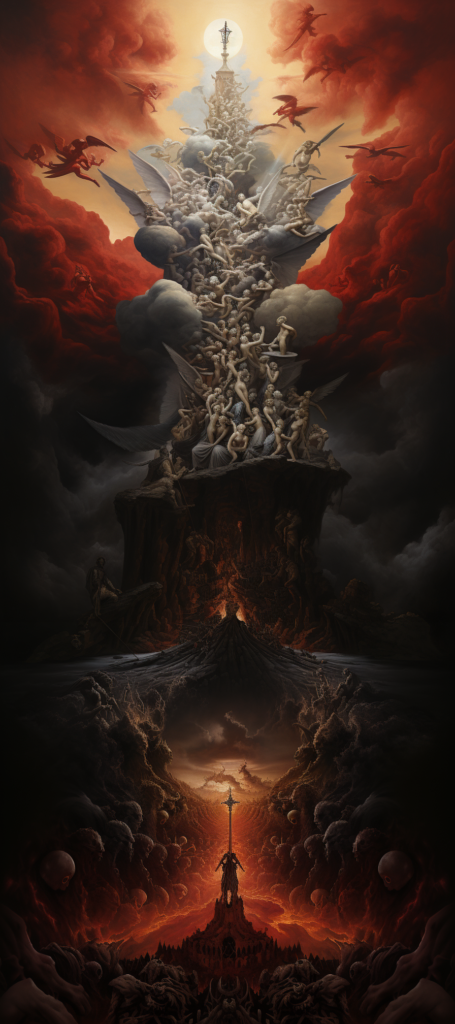
Conclusion:
The diverse representations of heaven and hell across world cultures reflect the rich tapestry of human imagination and spiritual yearnings. While the specifics may differ, the underlying themes of justice, reward, and punishment resonate within these beliefs. Exploring the various conceptions of the afterlife enhances our understanding of the human condition, our aspirations, and our fears. Ultimately, these diverse interpretations remind us of the universality of our curiosity about what lies beyond and the significance of grappling with the mysteries of life and death.
